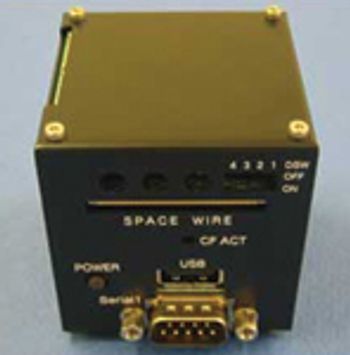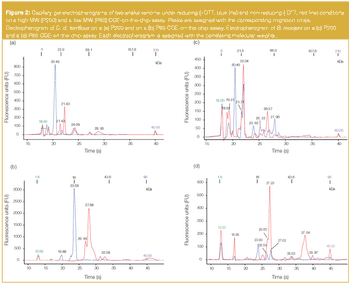
LCGC Europe
FACSS, the Federation of Analytical Chemistry and Spectroscopy Societies, will hold this year's annual conference from 14–18 October, at the Memphis Cook Convention Center, Memphis, Tennessee, USA. It will cover analytical chemistry with an emphasis on spectroscopy. Bringing together leading scientists across many disciplines for scientific exchange, the exhibition also provides a variety of informal networking opportunities.




